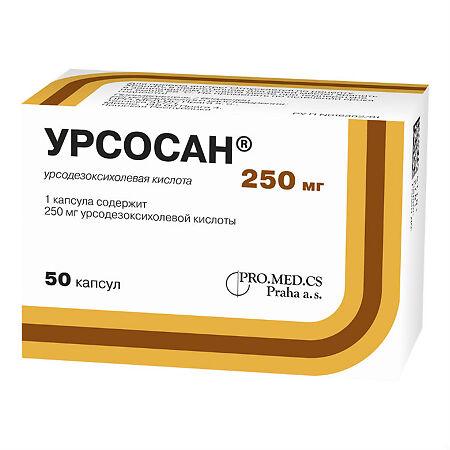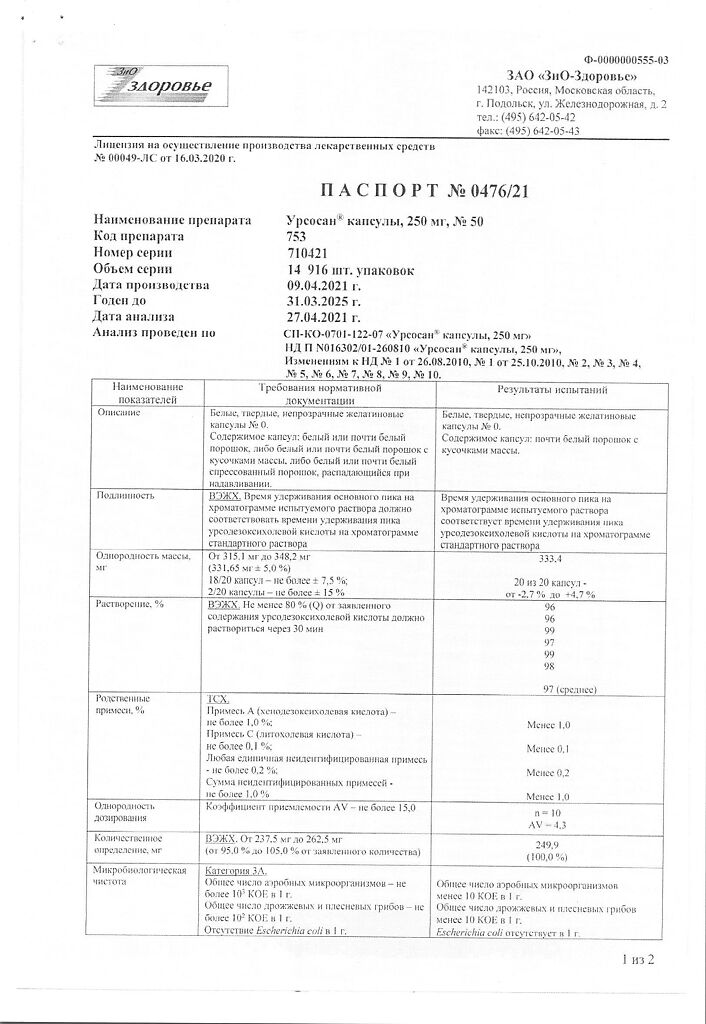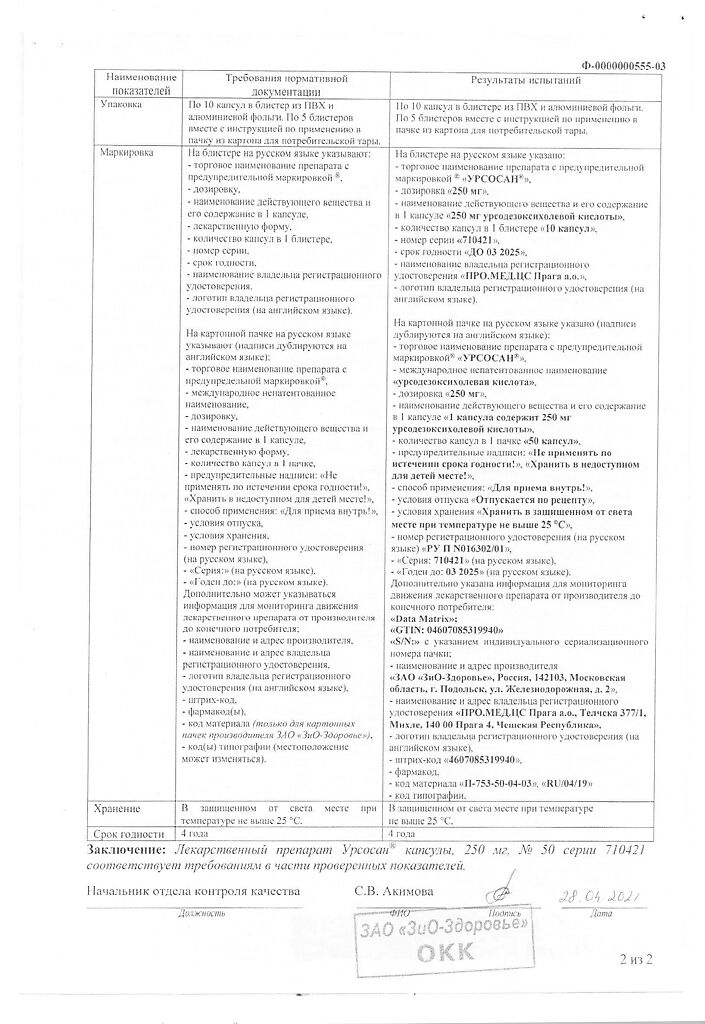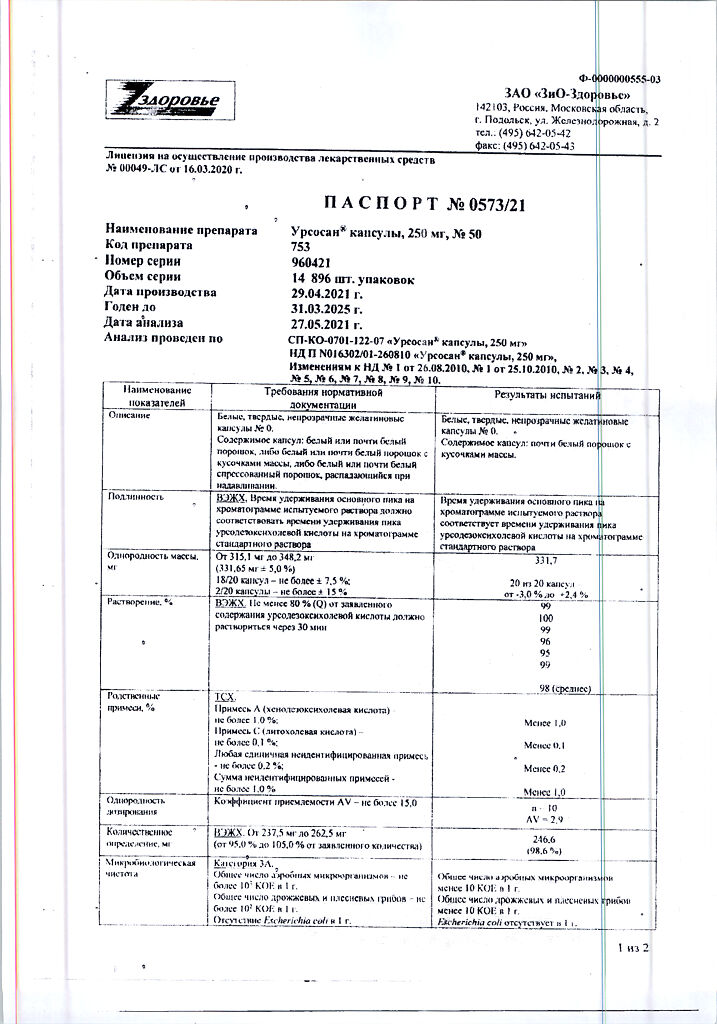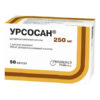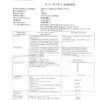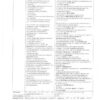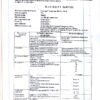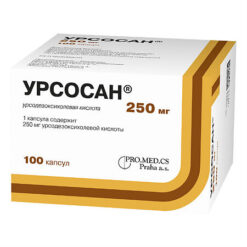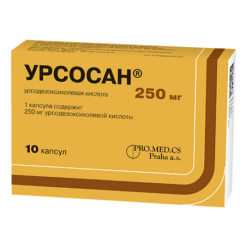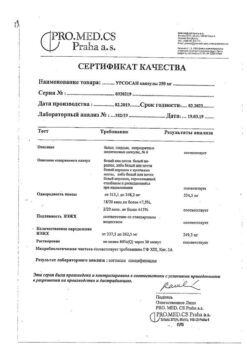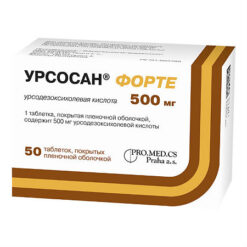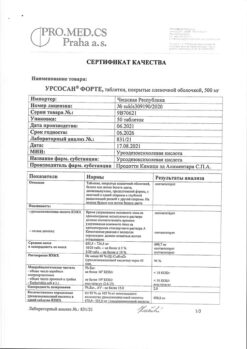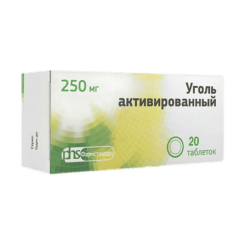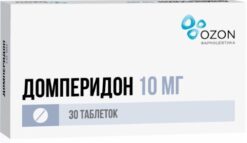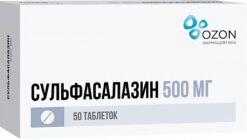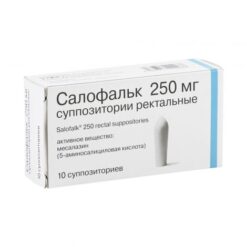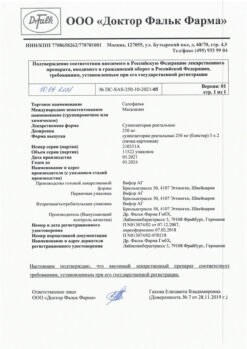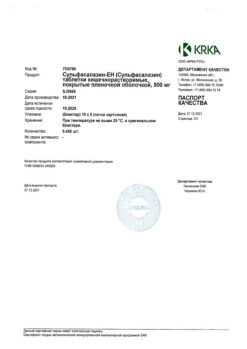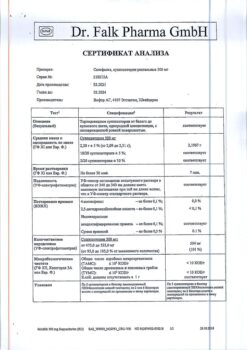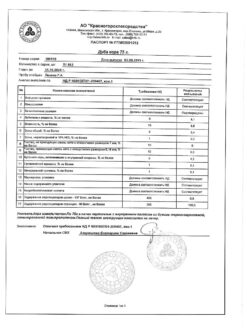No products in the cart.
Ursosan, capsules 250 mg 50 pcs
€22.58 €20.77
Description
Hepatoprotector. It also has choleretic, cholelolytic, hypolipidemic, hypocholesterolemic and some immunomodulatory effects.
With high polar properties, ursodeoxycholic acid forms non-toxic mixed micelles with apolar (toxic) bile acids, which reduces the ability of gastric refluxate to damage cell membranes in biliary reflux gastritis and reflux esophagitis. In addition, ursodeoxycholic acid forms double molecules that can be incorporated into the cell membranes of hepatocytes, cholangiocytes, and GIT epitheliocytes, stabilizing them and making them immune to the action of cytotoxic micelles.
By reducing the concentration of bile acids toxic to hepatocytes and stimulating bicarbonate-rich choleresis, ursodeoxycholic acid effectively helps to resolve intrahepatic cholestasis. It reduces bile saturation with cholesterol due to inhibition of its absorption in intestine, suppression of its synthesis in liver, and reduction of secretion into bile; it increases cholesterol solubility in bile, forming liquid crystals with it; it reduces bile lithogenic index. The result is the dissolution of cholesterol gallstones and prevention of formation of new concrements.
The immunomodulatory action is caused by inhibition of expression of HLA-1 antigens on membranes of hepatocytes and HLA-2 on cholangiocytes, normalization of natural killer activity of lymphocytes and others. Significantly delays the progression of fibrosis in patients with primary biliary cirrhosis, cystic fibrosis and alcoholic steatohepatitis; reduces the risk of esophageal varices. Ursodeoxycholic acid slows the processes of premature aging and cell death (hepatocytes, cholangiocytes).
Pharmacokinetics
Intake and distribution
Ursodeoxycholic acid is absorbed from small intestine by passive diffusion (about 90%), and in ileum by active transport. Usodeoxycholic acid concentration in oral dosage of 50 mg in 30, 60 and 90 minutes is 3.8 mmol/l, 5.5 mmol/l, 3.7 mmol/l, respectively. Cmax is reached after 1-3 h.
The binding to plasma proteins is high – up to 96-99%. It penetrates through the placental barrier. When taking Ursosan systematically ursodeoxycholic acid becomes the main bile acid in blood serum and is about 48% of the total amount of bile acids in blood. The therapeutic effect of the drug depends on the concentration of ursodeoxycholic acid in bile.
Metabolism and excretion
Metabolized in the liver (clearance during primary passage through the liver) into taurine and glycine conjugates. The resulting conjugates are secreted into the bile. About 50-70% of the total dose of the drug is excreted with bile. A small amount of unabsorbed ursodeoxycholic acid enters the colon, where it undergoes cleavage by bacteria (7-dehydroxylation); the resulting lithocholic acid is partially absorbed from the colon, but is sulfated in the liver and is rapidly excreted as sulfolithocholylglycine or sulfolithocholyltaurine conjugate.
Indications
Indications
– Uncomplicated cholelithiasis (GSD): biliary sludge; dissolution of cholesterol gallstones with a functioning gallbladder; prevention of recurrent stone formation after cholecystectomy;
– Chronic hepatitis of various origins (toxic, medicinal, etc.);
– Cholestatic liver diseases of various origins, including primary biliary cirrhosis, primary sclerosing cholangitis, cystic fibrosis (cystic fibrosis);
– Non-alcoholic fatty liver disease, including non-alcoholic steatohepatitis;
– Alcoholic liver disease;
– Chronic viral hepatitis;
– Biliary dyskinesia;
– Biliary reflux gastritis and reflux esophagitis.
Pharmacological effect
Pharmacological effect
Hepatoprotector. It also has choleretic, cholelitholytic, hypolipidemic, hypocholesterolemic and some immunomodulatory effects.
Possessing high polar properties, ursodeoxycholic acid forms non-toxic mixed micelles with apolar (toxic) bile acids, which reduces the ability of gastric reflux to damage cell membranes in biliary reflux gastritis and reflux esophagitis. In addition, ursodeoxycholic acid forms double molecules that can be included in the cell membranes of hepatocytes, cholangiocytes, and epithelial cells of the gastrointestinal tract, stabilize them and make them immune to the action of cytotoxic micelles.
By reducing the concentration of bile acids toxic to hepatocytes and stimulating choleresis rich in bicarbonates, ursodeoxycholic acid effectively promotes the resolution of intrahepatic cholestasis. Reduces the saturation of bile with cholesterol by inhibiting its absorption in the intestine, suppressing synthesis in the liver and reducing secretion into bile; increases the solubility of cholesterol in bile, forming liquid crystals with it; reduces the lithogenic index of bile. The result is the dissolution of cholesterol gallstones and the prevention of the formation of new stones.
The immunomodulatory effect is due to inhibition of the expression of HLA-1 antigens on the membranes of hepatocytes and HLA-2 on cholangiocytes, normalization of the natural killer activity of lymphocytes, etc. Significantly delays the progression of fibrosis in patients with primary biliary cirrhosis, cystic fibrosis and alcoholic steatohepatitis; reduces the risk of developing varicose veins of the esophagus. Ursodeoxycholic acid slows down the processes of premature aging and cell death (hepatocytes, cholangiocytes).
Pharmacokinetics
Suction and distribution
Ursodeoxycholic acid is absorbed from the small intestine by passive diffusion (about 90%), and in the ileum by active transport. In this case, the concentration of ursodeoxycholic acid when taking the drug orally at a dose of 50 mg after 30, 60, 90 minutes is 3.8 mmol/l, 5.5 mmol/l and 3.7 mmol/l, respectively. Cmax is reached within 1-3 hours.
Plasma protein binding is high – up to 96-99%. Penetrates through the placental barrier. With systematic use of Ursosan, ursodeoxycholic acid becomes the main bile acid in the blood serum and accounts for about 48% of the total amount of bile acids in the blood. The therapeutic effect of the drug depends on the concentration of ursodeoxycholic acid in bile.
Metabolism and excretion
Metabolized in the liver (clearance during primary passage through the liver) into taurine and glycine conjugates. The resulting conjugates are secreted into bile. About 50-70% of the total dose of the drug is excreted in the bile. A small amount of unabsorbed ursodeoxycholic acid enters the colon, where it is broken down by bacteria (7-dehydroxylation); the resulting lithocholic acid is partially absorbed from the colon, but is sulfated in the liver and quickly excreted in the form of sulfolithocholylglycine or sulfolitocholyltaurine conjugate.
Special instructions
Special instructions
When taking the drug to dissolve gallstones, the following conditions must be met: the stones must be cholesterol (X-ray negative), their size should not exceed 15–20 mm, the gallbladder must remain functioning and be filled with stones no more than half, the patency of the cystic and common bile duct must be preserved.
With long-term (more than 1 month) use of the drug, a biochemical blood test should be performed every 4 weeks in the first 3 months of treatment, and every 3 months thereafter, to determine the activity of liver transaminases. Monitoring the effectiveness of treatment should be carried out every 6 months according to ultrasound of the biliary tract.
After complete dissolution of the stones, it is recommended to continue use of the drug for at least 3 months in order to promote the dissolution of remnants of stones that are too small to be detected and to prevent recurrence of stone formation.
Active ingredient
Active ingredient
Ursodeoxycholic acid
Composition
Composition
Active ingredient:
ursodeoxycholic acid – 250 mg.
Excipients:
corn starch – 49 mg;
pregelatinized corn starch – 24 mg;
colloidal silicon dioxide – 5 mg;
magnesium stearate – 3.65 mg.
Capsule shell:
gelatin – 98 mg;
titanium dioxide – 2 mg.
Pregnancy
Pregnancy
The use of ursodeoxycholic acid during pregnancy is possible only when the expected benefit to the mother outweighs the potential risk to the fetus (there have been no adequate, strictly controlled studies of the use of ursodeoxycholic acid in pregnant women).
There are currently no data on the excretion of ursodeoxycholic acid in breast milk. If it is necessary to use ursodeoxycholic acid during lactation, the issue of stopping breastfeeding should be decided.
Contraindications
Contraindications
X-ray positive (high calcium) gallstones;
non-functioning gallbladder;
bile-gastrointestinal fistula;
acute cholecystitis;
acute cholangitis;
liver cirrhosis in the stage of decompensation;
liver failure;
renal failure;
obstruction of the biliary tract;
acute infectious diseases of the gallbladder and bile ducts;
empyema of the gallbladder;
hypersensitivity to the components of the drug.
Ursosan is used with caution: in children aged 2 to 4 years, as it may be difficult to swallow capsules, although ursodeoxycholic acid has no age restrictions for use.
Side Effects
Side Effects
Diarrhea (may be dose dependent).
Rarely – calcification of gallstones, transient (transient) increase in the activity of liver transaminases, nausea, vomiting, abdominal pain, allergic reactions.
Interaction
Interaction
Antacids containing aluminum and ion exchange resins (cholestyramine) reduce absorption. Lipid-lowering drugs (especially clofibrate), estrogens, neomycin or progestins increase the saturation of bile with cholesterol and may reduce the ability to dissolve cholesterol gallstones.
Overdose
Overdose
There are no known cases of overdose with ursodeoxycholic acid.
Storage conditions
Storage conditions
Store in a dry place, protected from light, at a temperature of 15-25 °C.
Keep out of the reach of children.
Shelf life
Shelf life
4 years.
Manufacturer
Manufacturer
ZiO-Zdorovye CJSC, Russia
Additional information
| Shelf life | 4 years. |
|---|---|
| Conditions of storage | Store in a dry, dark place at 15-25 °C. Keep out of reach of children. |
| Manufacturer | ZiO-Zdorovye CJSC, Russia |
| Medication form | capsules |
| Brand | ZiO-Zdorovye CJSC |
Other forms…
Related products
Buy Ursosan, capsules 250 mg 50 pcs with delivery to USA, UK, Europe and over 120 other countries.

